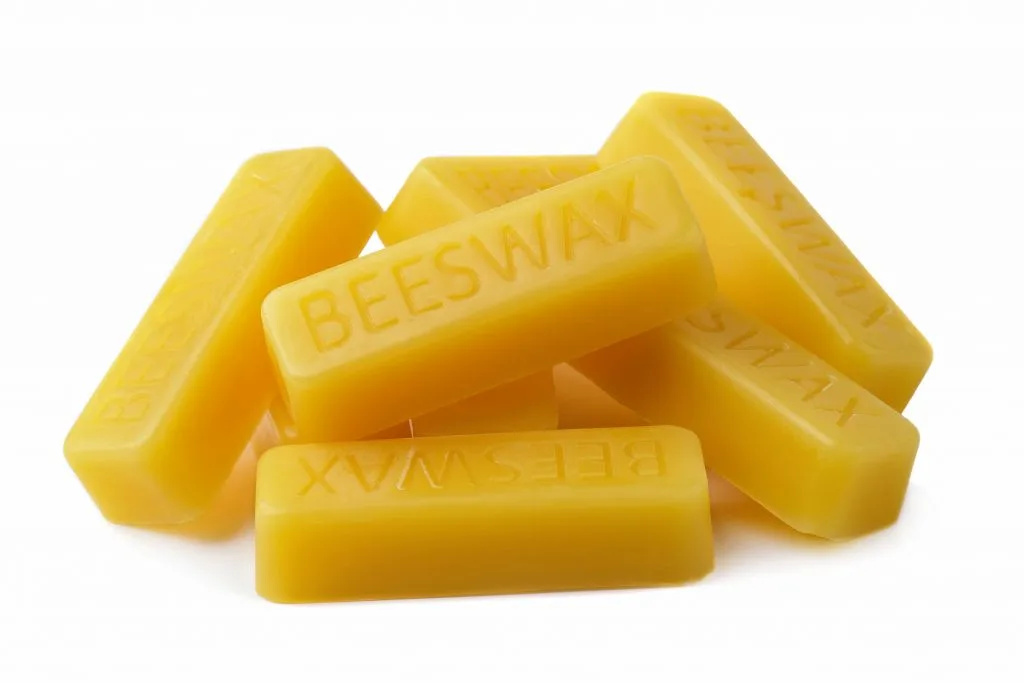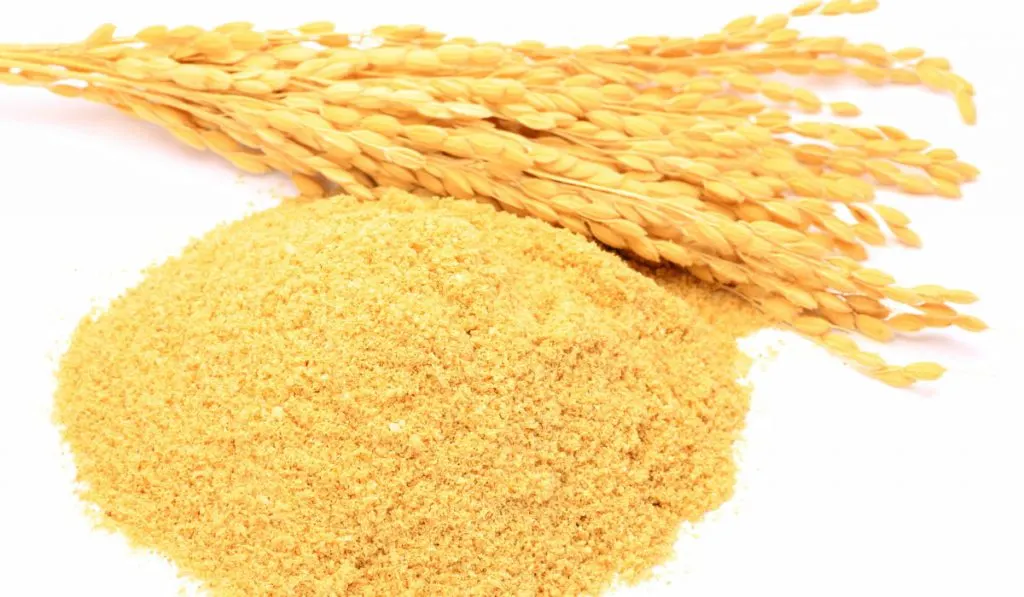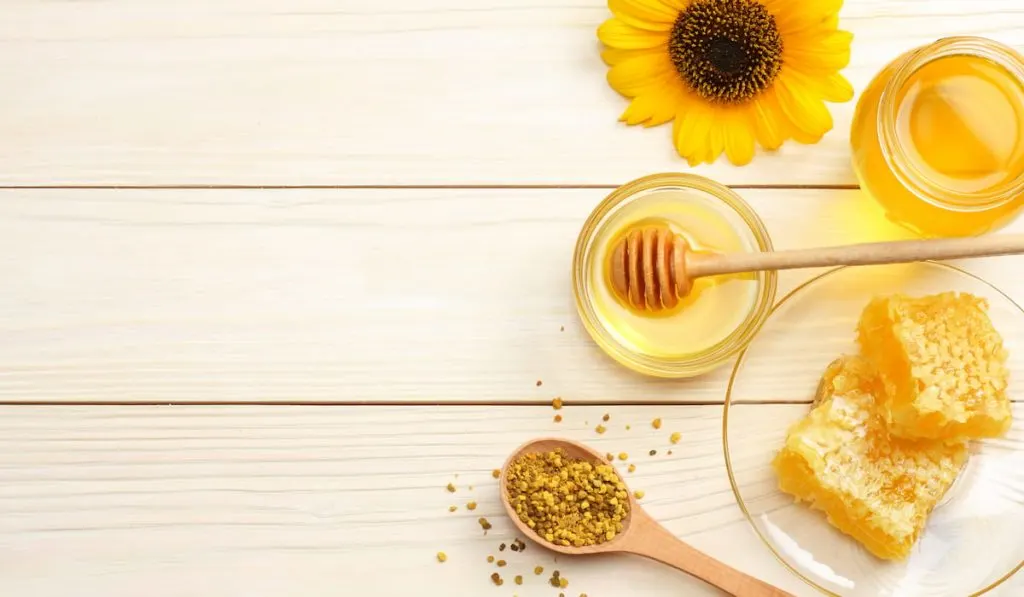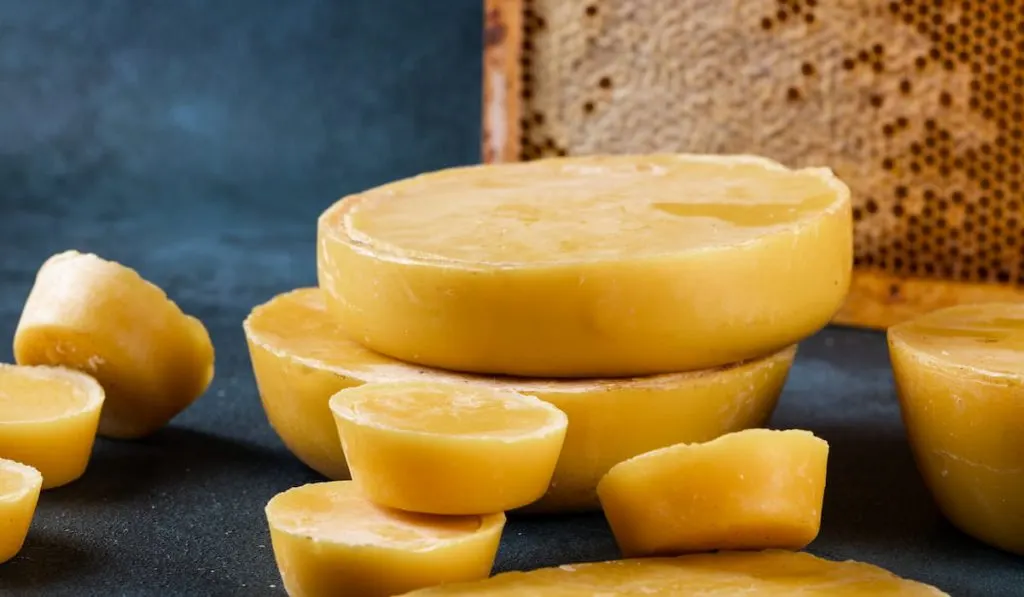*This post may have affiliate links, which means I may receive commissions if you choose to purchase through links I provide (at no extra cost to you). As an Amazon Associate I earn from qualifying purchases. Please read my disclaimer for additional details..
There are so many kinds of waxes and they have different uses. Popular wax types are candelilla wax, beeswax, and carnauba wax. These waxes, which made from different sources, have different uses.
Which of these waxes is best and what are their uses? Read this article.
Table of Contents
Comparing the Different Kinds of Wax
Let us discover what each wax types is, their source, and uses.

Candelilla Wax
Candelilla wax is obtained from the leaves of plants, one of which is a small shrub called a Candelilla shrub. These plants are native to Mexico and the United States, and besides the Candelilla, include Euphorbia antisyphilitica, Euphorbia cerifera, etc.
This wax is yellow-brownish, aromatic, hard, and brittle in its natural form. It is usually opaque.
Some uses of the candelilla wax are:
- Mixing with other waxes to harden them (it does not increase their melting point)
- Food additive
- Used in the cosmetics industry (for lotions, lip balms, etc.)
- Binder for chewing gums
- Used to make varnish
- Used to adjust water-oil emulsion viscosity.
This wax contains hydrocarbons (45%) and esters (20-30% according to the source and extraction procedure). It also contains some other constituents.
It has a relatively low melting point of 155°-162° F (68.5°–72.5° C). The use of this wax type is not as popular when compared to other types.

Beeswax
Beeswax, as the name suggests, is made by honey bees. Beeswax is the major constituent of a honeycomb.
Beeswax can be eaten.
Guess what else? Beeswax also provides a sustainable replacement for plastics in many instances.
Some uses of beeswax are:
- Encaustic painting
- Plastic wraps
- Food additives
- Formation of cosmetics
- Used to make bone wax (for surgeries)
- Natural chewing
- Natural moisturizer for skin
- Tablet coating and other pharmaceutical uses
- Candles
Beeswax has a melting point of 144°-147°F (62-64°C).
Beeswax has two main color variations which are yellow beeswax and white beeswax. Yellow beeswax is the beeswax that is directly from beehives, while the white one is bleached or processed.

Carnauba
Also called Brazil wax or palm wax, the carnauba wax is obtained from the leaves of a palm tree called Carnauba palm (Copernicia prunifera), a native of Northeast Brazil. This type of wax is called the “queen of waxes” because of its uses and properties.
Some uses of the carnauba wax are:
- Making automobile waxes
- Shoe polish
- Dental floss
- Food and fruit coating
- Polish for musical instruments
- Wood finisher
- Floor shiner
- Paper coating
- Surfboard wax (when combined with coconut oil)
- Formulating cosmetics
- Eyeliner, lipstick, eye shadow, mascara, and foundation thickener
- Tablet coating (pharmaceuticals), which helps patients to swallow bitter drugs.
- Combined with other waxes to act as waterproof for leather.
Carnauba wax is glossy and appears shiny, so it is a wax of choice for many people. Ideally, this wax comes in pale yellow flakes. It has a melting point of 180°–187°F (82–86°C). As you can see, it is a very hard wax.
Other Types of Wax
Some other types of wax that you should know are:

1. Rice Bran Wax
This wax type is obtained from rice bran oil. Rice bran is the coat of rice grains. Rice bran is a by-product when rice is milled.
Rice bran is not a waste as it can be used in animal feed formation. Another use of rice bran, however, is the creation of wax.
Rice bran wax is pale yellow. It is among the hardest wax types obtained from plant sources. It is non-sticky when handled.
Some uses of rice bran wax are:
- Production of butter
- Production of lip balms
- Replacement for carnauba wax
- Paper coatings
- Textiles
- Explosives
- Fruit and vegetable coatings
- Confectionery
- Pharmaceuticals
- Candles
- Molded novelties
The rice bran wax has a melting point of 170°-186°F (77°-86°C). Aside from hydrocarbons and esters, rice bran wax also contains squalene, fatty acids, and phospholipids.

2. Sunflower Wax
As you must’ve guessed, sunflower wax is gotten from sunflower oil. This wax is pale-yellow and comes in pellets, beads, or chunks. It is non-sticky but has a high capacity of oil binding.
Its melting point is 165°-176°F (74°-80°C) and remains in solid form at lower temperatures.
Some uses of sunflower wax are:
- Stabilizes water-in-oil emulsions
- Formulating creams
- Formulating color cosmetics
- Making lip balms
- Making mascara
- Formulating massage butters
- Great replacement for beeswax
Sunflower wax contains about 30% hydrocarbons and 70% esters such as lignoceryl acetate, behenyl acetate, and methyl lignocerate. It is completely safe for food products.
3. Paraffin Wax
This wax is colorless and is derived from petroleum, oil shale, or coal. It begins to melt at 99°F (37°C). This type of wax is very popular in candle making because it burns without odor and much smoke.
Some other uses of paraffin wax are:
- Dyes
- Wax carving
- Chain lubrication in bicycles
- Chewing gum additive
- Moisture repellant
- Crayons
- Textile manufacturing
- Prevents oxidation of metals
- Wax bathing
- Wood finishing
- Lava lamps
- Moisturizer in cosmetics
- Thickening agent in paint balls.
Paraffin wax is indeed popular in different industries. Unlike other types of waxes listed in this article, paraffin wax is not manufactured from plants.
Differences between Candelilla Wax, Beeswax, Carnauba, and Other Kinds of Wax
The table below analyzes every wax type discussed in this article including their International Nomenclature of Cosmetic Ingredients (INCI) name:
| Wax Type | INCI | Source | Melting Point | Uses |
| Candelilla wax | Euphorbia cerifera cera | Candelilla shrub | 155°-162°F (68.5°–72.5°C) | Food additive, binder for chewing gums, used to make varnish |
| Beeswax | Cera alba | Honeycomb | 144°-147°F (62°-64°C) | Encaustic painting, formation of cosmetics, natural chewing gum, natural moisturizer for skin |
| Carnauba wax | Copernicia cerifera cera | Carnauba palm leaves | 180°–187°F (82°–86°C) | So many uses including floor shiner, paper coating, surfboard wax, (combined with coconut oil), etc. |
| Rice bran wax | Oryza sativa cera | Rice Bran Oil | 170°-186°F (77°-86°C) | Paper coatings, textiles, explosives, fruit and vegetable coatings, confectionery, etc. |
| Sunflower wax | Helianthus annuus seed cera | Sunflower Oil | 165°-176°F (74°-80°C) | Stabilizes water-in-oil emulsions, formulating creams, making lip balms, etc. |
| Paraffin wax | Cera microcristallina | Petroleum | >99°F (37°C) | Candles, lava lamps, wood finishing, moisturizer in cosmetics, etc. |
Which wax type is best for you? Well, it depends on what you want to do with it and how available it is in your area.
For shining surfaces, the carnauba wax is best because it is glossy. For sustainable wax use, beeswax is best because not much effort is used to get it and there is always enough in a beehive.
Paraffin wax, which has a high melting point, can be used in food (as an additive or coating), but other waxes from plant sources are better.
Related Questions and Answers
Do you have any questions regarding waxes? Well, let me try to guess your questions and provide the answers:
1. How Long Does Wax Last For?
When kept properly, waxes can last for a very long time. Waxes in their raw form (i.e. unmixed and free from other ingredients) lack moisture and other properties that promote fungi and bacteria that could decompose them.
You can store your wax in cool places without the reach of direct sunlight. You can even freeze the wax.
Refrigerating wax, however, is not recommended. If you want to store the wax for years, melt it into a glass bottle, cover the bottle, and place it in your basement or kitchen cupboard.

2. How Do You Dispose of Wax?
In its raw state, you can dispose of wax by throwing it into the food waste bin.
Instead of throwing it away, however, natural wax is a great compost additive since it is rich in carbon. A compost pile can compost faster when wax is added to it.
Note that natural waxes are biodegradable. Beeswax, for example, has been used to make wraps (instead of plastics).
If you do not know how to make compost, but you still want to use your wax for your garden, simply bury the wax under the soil. It will decompose in less than 6 months.
3. Can You Make Your Own Wax?
Of course. You can make wax by yourself. Waxes are made by dewaxing oils. The various processes of obtaining wax from plant sources are different and depend on the source.
Paraffin wax and other kinds of wax from non-plant sources usually involve some industrial processes. Beeswax is made by bees, so you cannot make beeswax (not unless you learn from the bees).
The different oils that you can dewax to make wax are sunflower oil, carnauba palm leaf oil, rice bran oil, candelilla leaf oil, etc.
Did you find the answer to your question?
Final Thoughts
Beeswax, candelilla wax, carnauba wax, and other types of waxes are natural waxes gotten from plants.
Beeswax is produced by bees from the pollen harvested from flowers. Waxes can be used for food coatings, cosmetics, candles, and many other applications.
